Biblia polyglotta. - Biblia. 1. Hebraica. 2. Samaritana. 3. Chaldaica. 4. Graeca. 5. Syriaca. 6. Latina. 7. Arabica. Quibus textus originales totius scripturae sacrae, quorum pars in editione Complutensi, deinde in Antverpiensi regiis sumptibus extat, nunc integri, ex manuscriptis fere orbe quaesitis exemplaribus, exhibentur. B. 1, 3, 5-7 u. 9 in 7 Bdn. Paris, A. Vitré, 1629-1645. Gr.-fol. (51:27 cm). Mit 4 Kupferkarten u. 2 Textkupfern. Blindgepr. Schweinsldr. mit goldgepr. Wappensupralibros von Norbert Zielecky, Abt des Klosters Hradisch; fleckig u. berieben, Metallschließen fehlend überwiegend. Darlow-M. 1442; Goldsmith B 761; Laor 432, 433 u. 437. - "The third of the great polyglots ...This huge Bible, intended to be an improved or enlarged edition of the Antwerp Polyglot, apparently originated with Cardinal du Perron. As early as 1615, according to a contemporary letter of J.A. de Thou (Thuanus), the Cardinal had begun preparations, which were cut short by his death in 1617. Some years later the Paris advocate, Guy Michel le Jay, took up the project, and, by an immense expenditure of money and labour, carried it at length to a successful issue" (Darlow-Moule). Das Wappensupralibos mit den Initialen "NZAG" des Abtes Norbert Zeletzky von Potschenitz (Želecký von Počenic; 1649-1709), 1679-1709 Abt des Prämonstratenserklosters Hradisch (Hradisko) bei Olmütz; Titel mit Vermerk "Conventus Gradicensis catalogo inscriptus. Das Kloster Hradisch wurde unter Joseph II. aufgehoben. Die Karten (davon 3 mit Rückentext) zeigen die Lage des Paradieses, die Wanderung durch die Wüste, Palästina sowie das östliche Mittelmeer (Reisen der Apostel). - Leicht gebräunt; stellenw. etwas fleckig, auch wasserfleckig; hier u. da alte Unterstreichungen; Bd. 7 unten durchgehend wasserrandig u. sporenfleckig; Bd. 9 zu Beginn mit großen Wurmgängen. Fehlen 2 gest. Frontispize. Ohne die Bde. 2, 4 u. 8. Text nicht kollationiert. oRR./Waf.
Biblia polyglotta. - Biblia. 1. Hebraica. 2. Samaritana. 3. Chaldaica. 4. Graeca. 5. Syriaca. 6. Latina. 7. Arabica. Quibus textus originales totius scripturae sacrae, quorum pars in editione Complutensi, deinde in Antverpiensi regiis sumptibus extat, nunc integri, ex manuscriptis fere orbe quaesitis exemplaribus, exhibentur. B. 1, 3, 5-7 u. 9 in 7 Bdn. Paris, A. Vitré, 1629-1645. Gr.-fol. (51:27 cm). Mit 4 Kupferkarten u. 2 Textkupfern. Blindgepr. Schweinsldr. mit goldgepr. Wappensupralibros von Norbert Zielecky, Abt des Klosters Hradisch; fleckig u. berieben, Metallschließen fehlend überwiegend. Darlow-M. 1442; Goldsmith B 761; Laor 432, 433 u. 437. - "The third of the great polyglots ...This huge Bible, intended to be an improved or enlarged edition of the Antwerp Polyglot, apparently originated with Cardinal du Perron. As early as 1615, according to a contemporary letter of J.A. de Thou (Thuanus), the Cardinal had begun preparations, which were cut short by his death in 1617. Some years later the Paris advocate, Guy Michel le Jay, took up the project, and, by an immense expenditure of money and labour, carried it at length to a successful issue" (Darlow-Moule). Das Wappensupralibos mit den Initialen "NZAG" des Abtes Norbert Zeletzky von Potschenitz (Želecký von Počenic; 1649-1709), 1679-1709 Abt des Prämonstratenserklosters Hradisch (Hradisko) bei Olmütz; Titel mit Vermerk "Conventus Gradicensis catalogo inscriptus. Das Kloster Hradisch wurde unter Joseph II. aufgehoben. Die Karten (davon 3 mit Rückentext) zeigen die Lage des Paradieses, die Wanderung durch die Wüste, Palästina sowie das östliche Mittelmeer (Reisen der Apostel). - Leicht gebräunt; stellenw. etwas fleckig, auch wasserfleckig; hier u. da alte Unterstreichungen; Bd. 7 unten durchgehend wasserrandig u. sporenfleckig; Bd. 9 zu Beginn mit großen Wurmgängen. Fehlen 2 gest. Frontispize. Ohne die Bde. 2, 4 u. 8. Text nicht kollationiert. oRR./Waf.
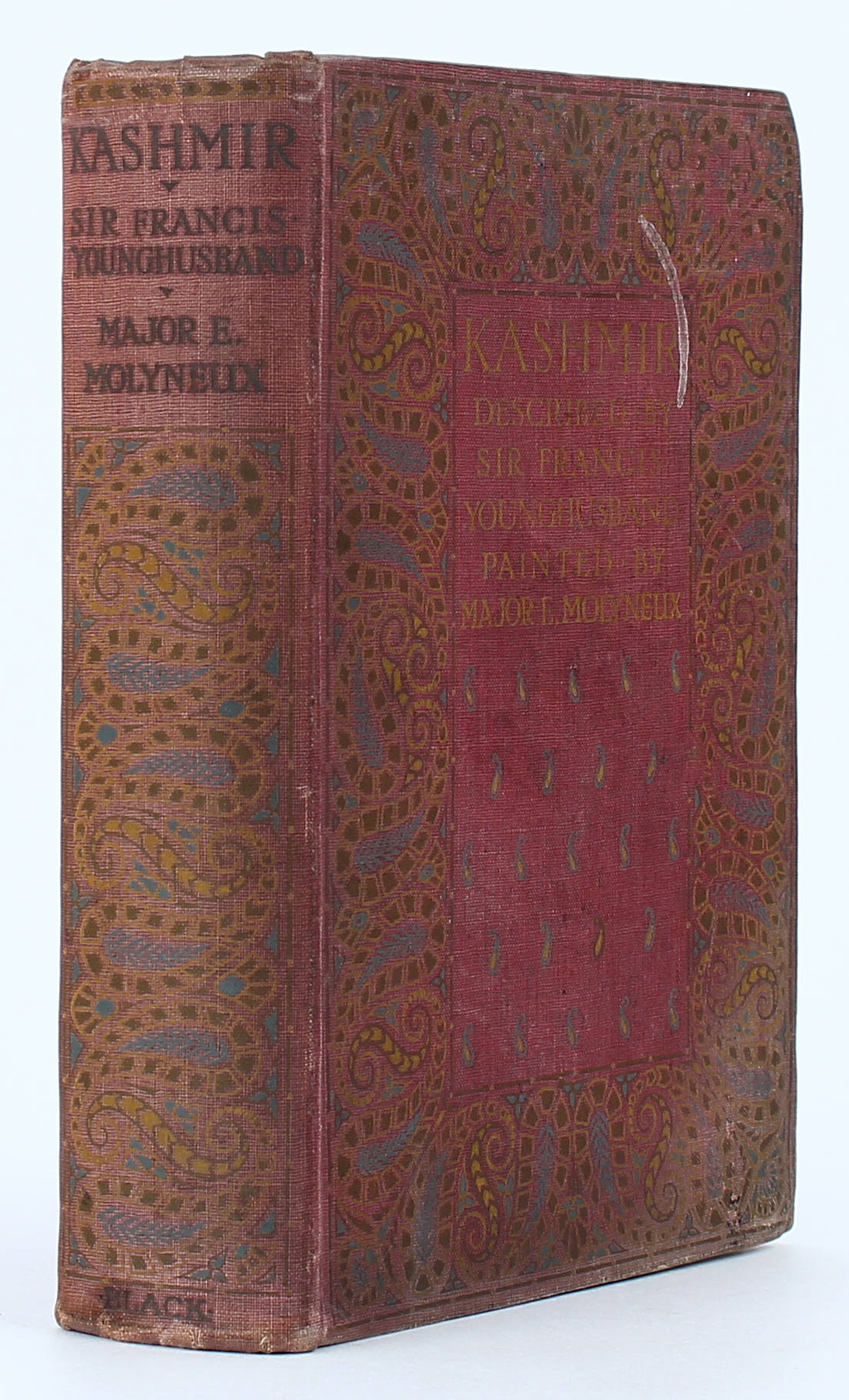
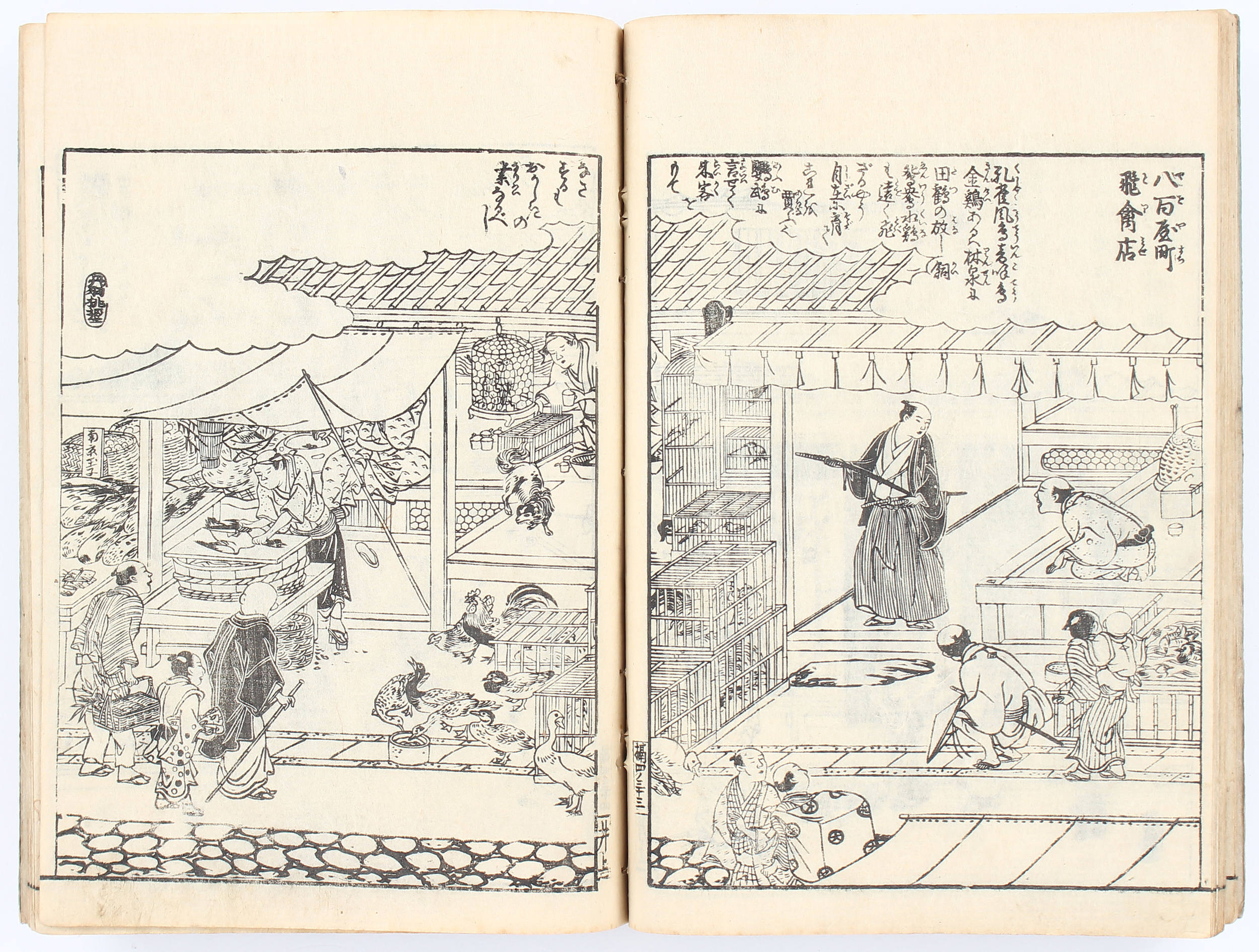
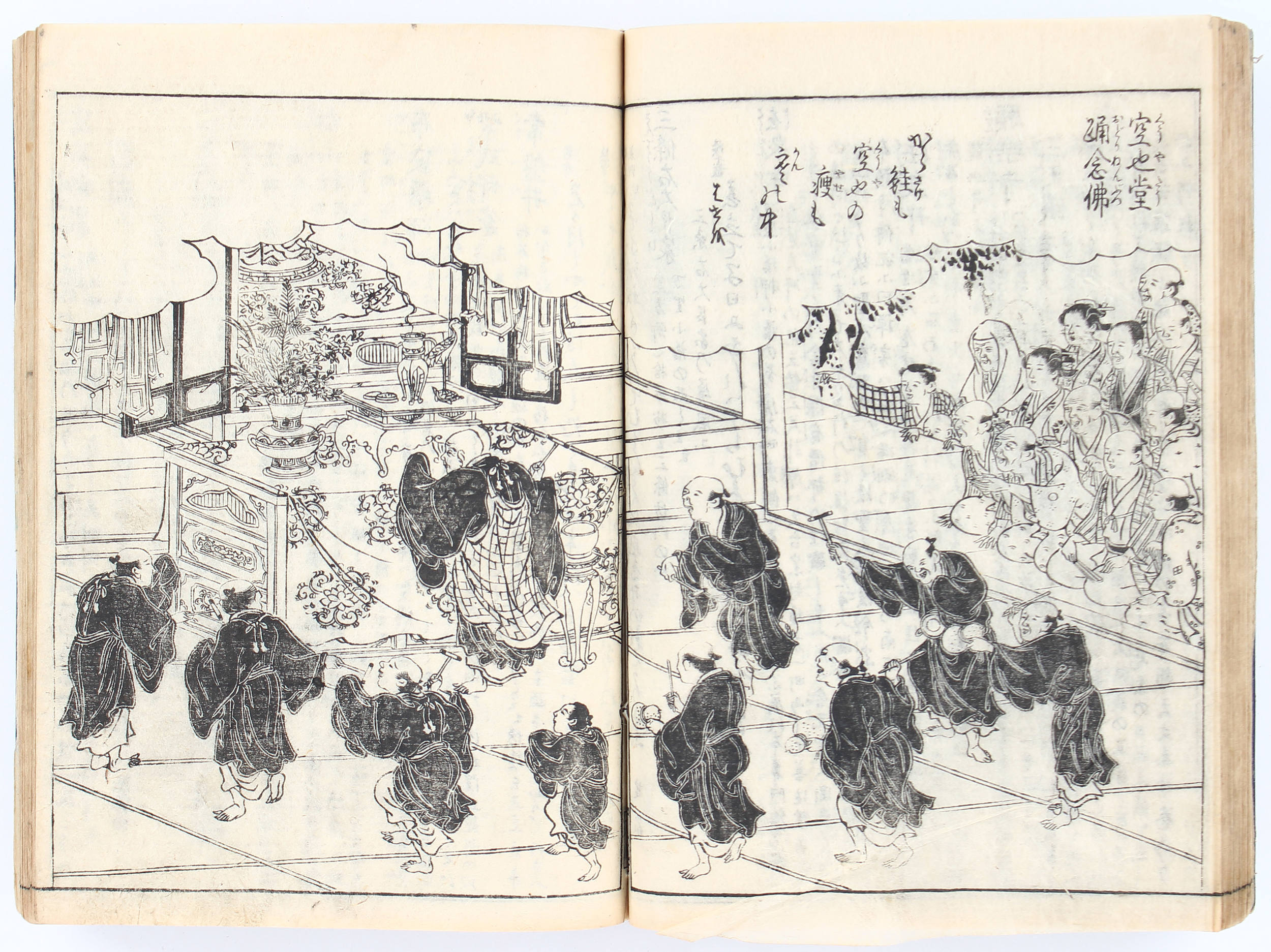
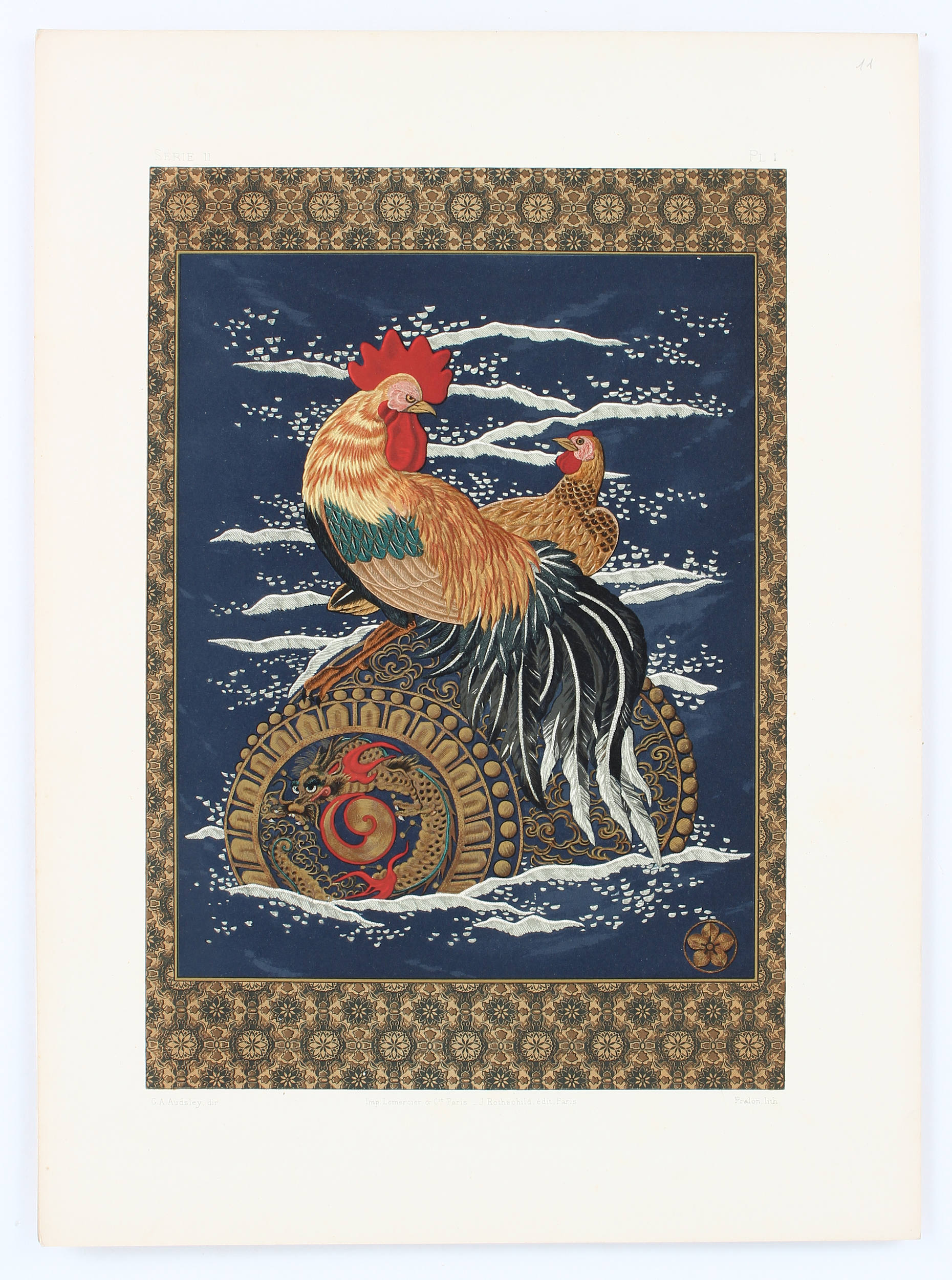
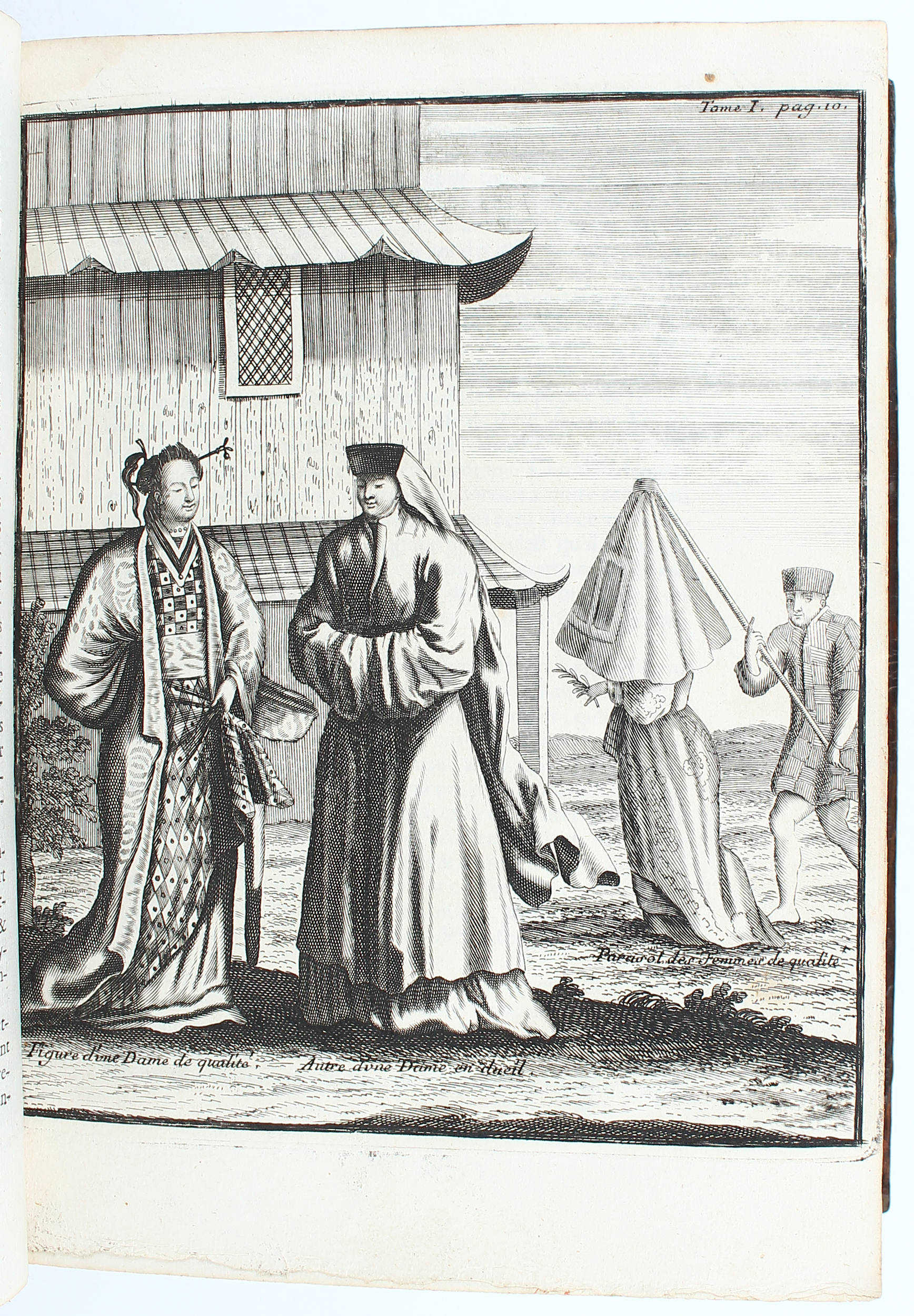


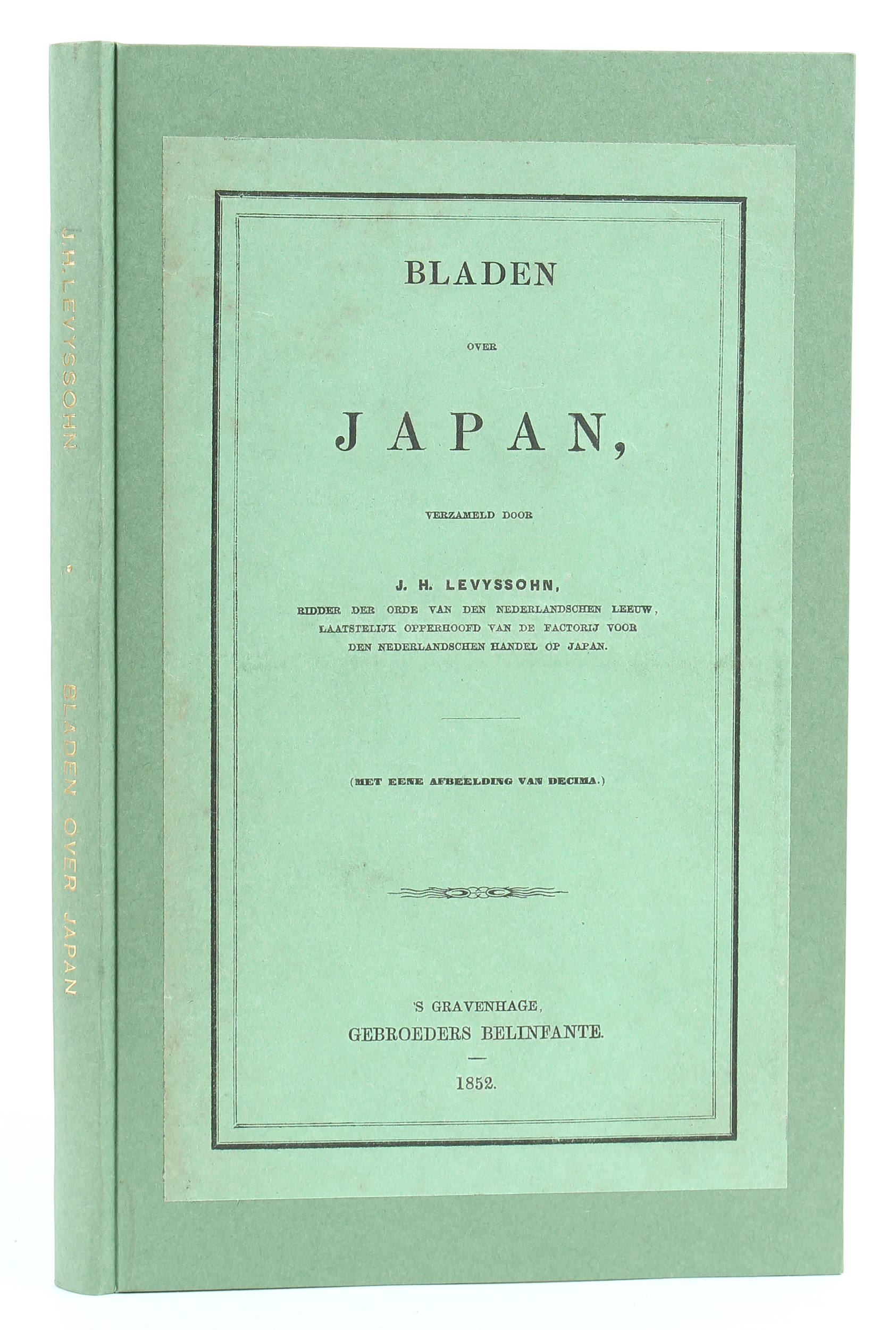
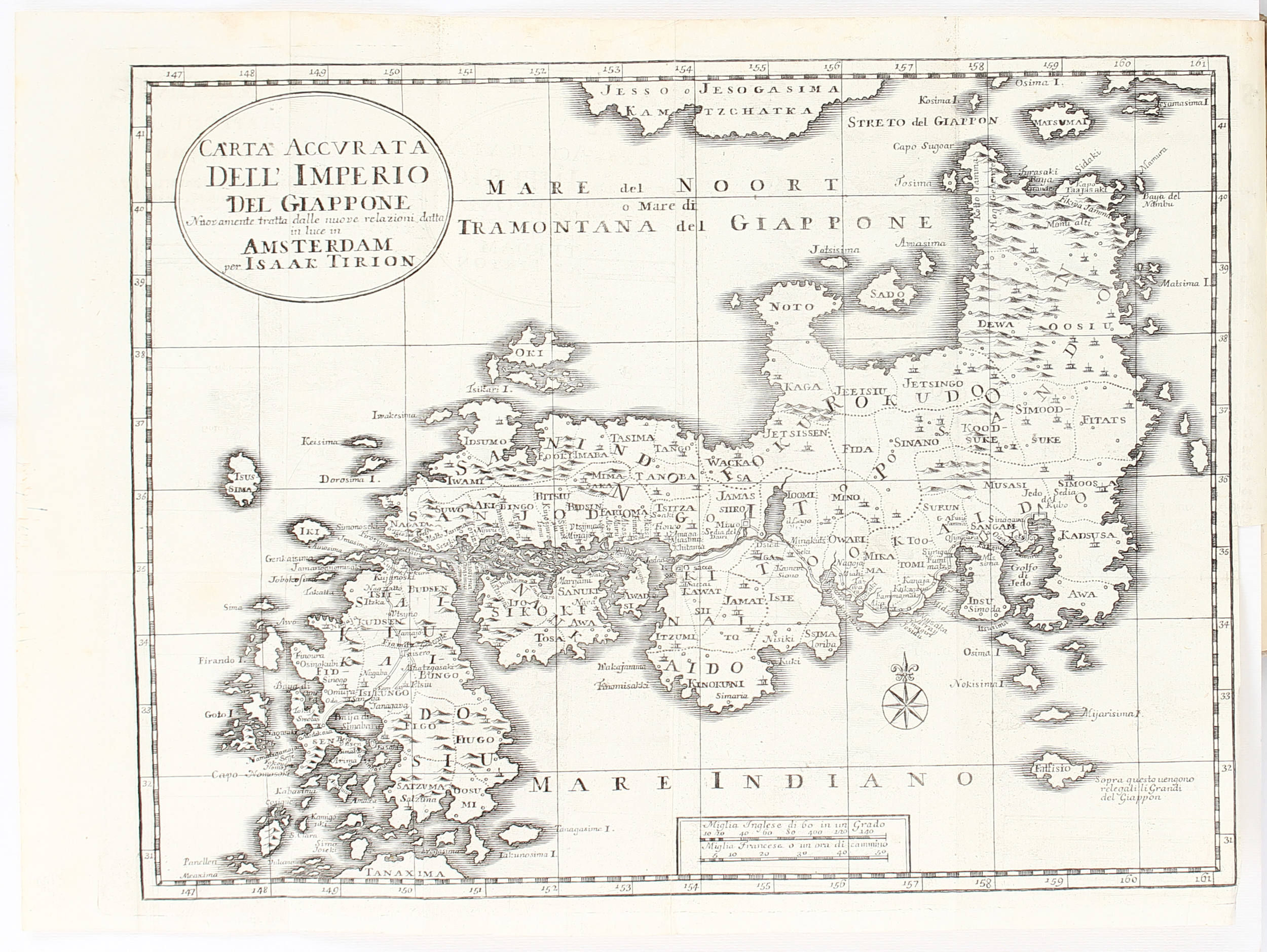
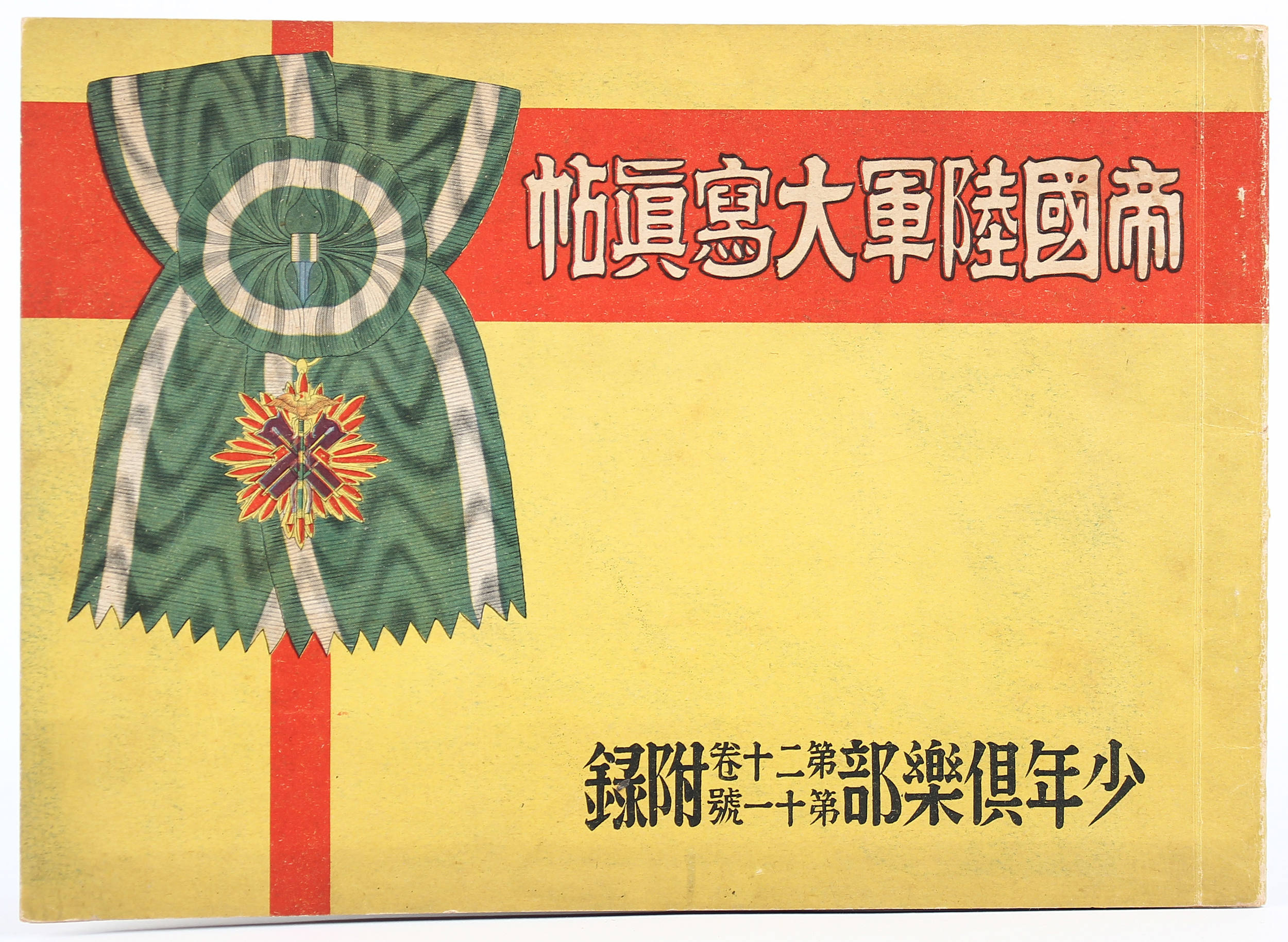
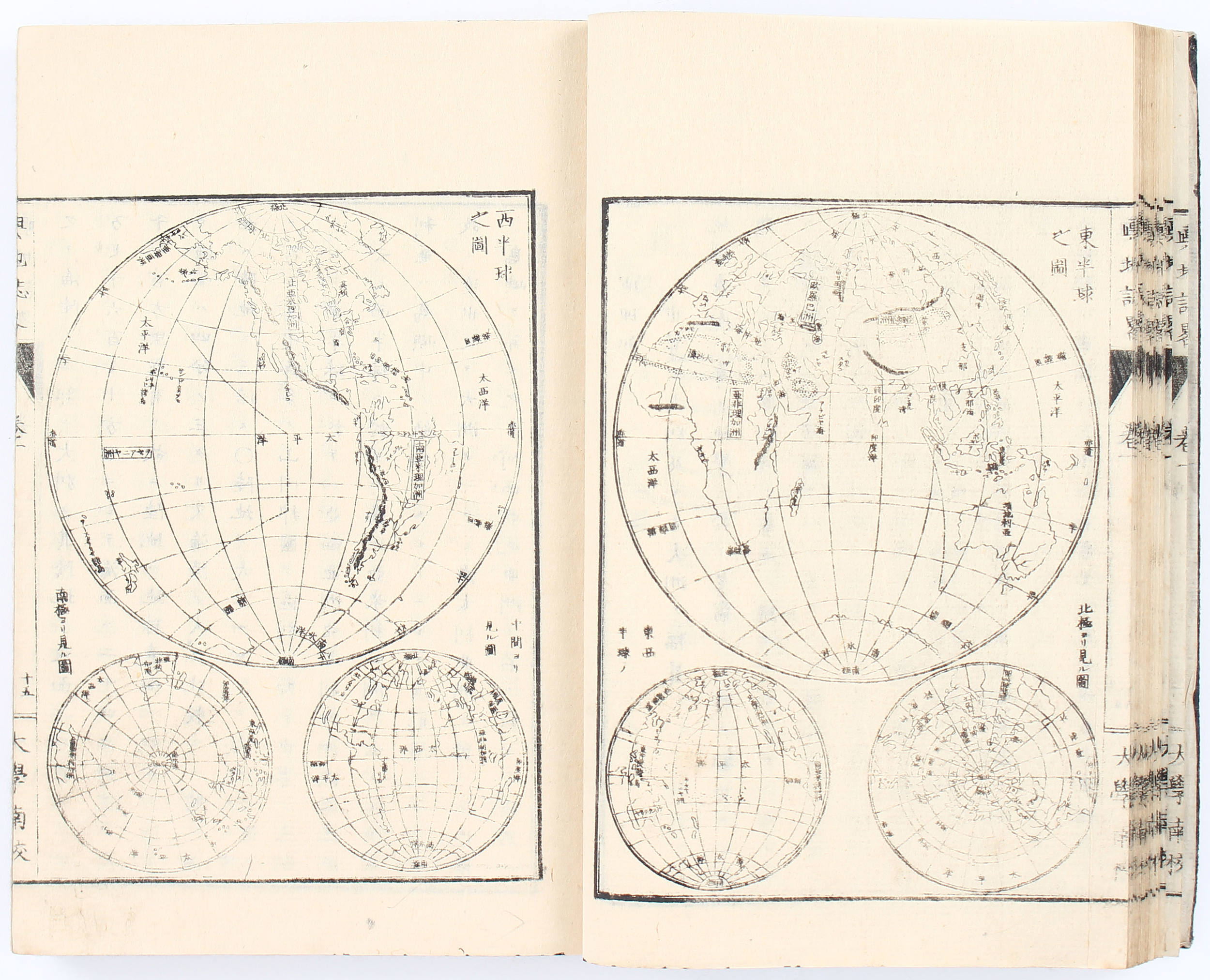

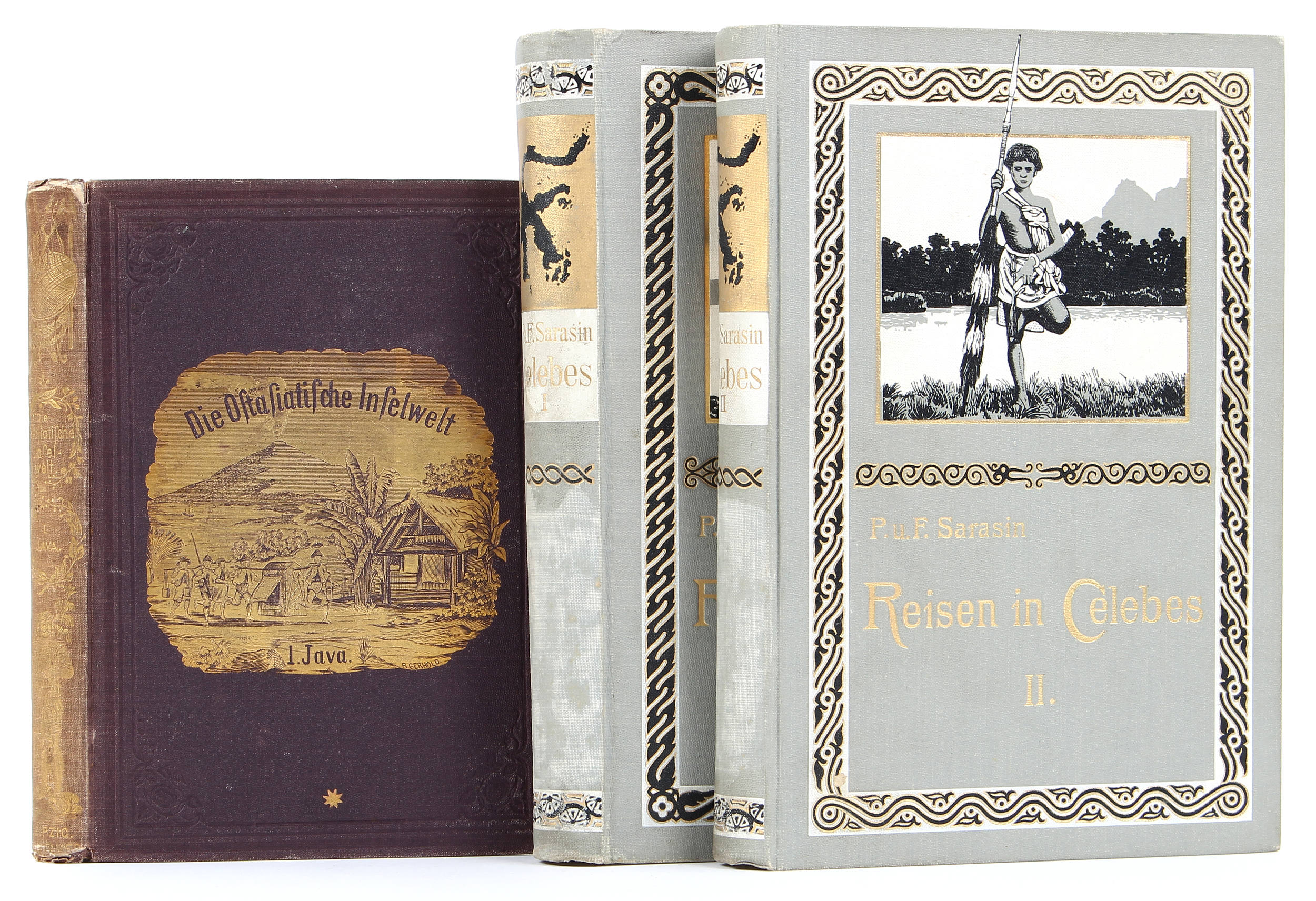
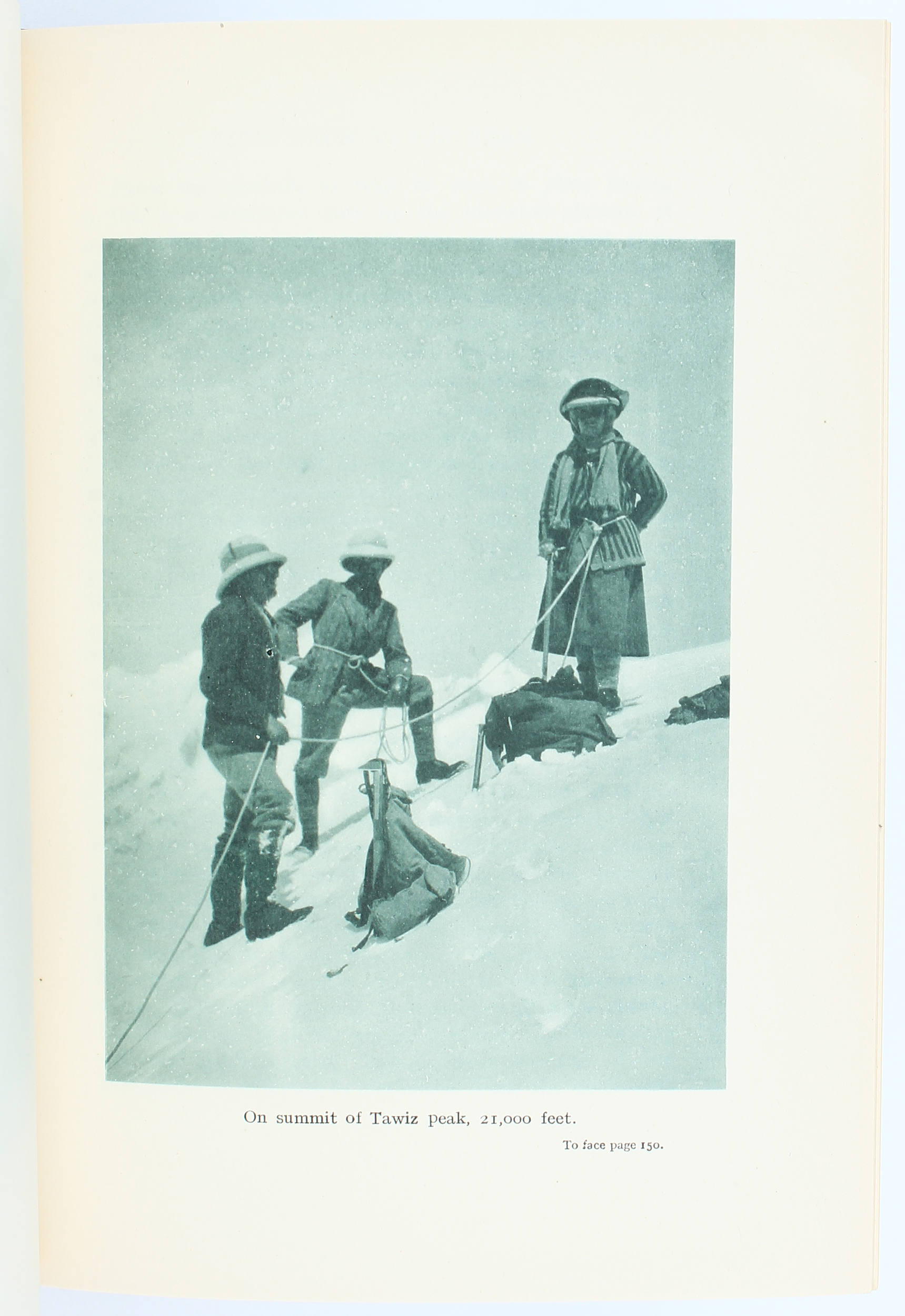
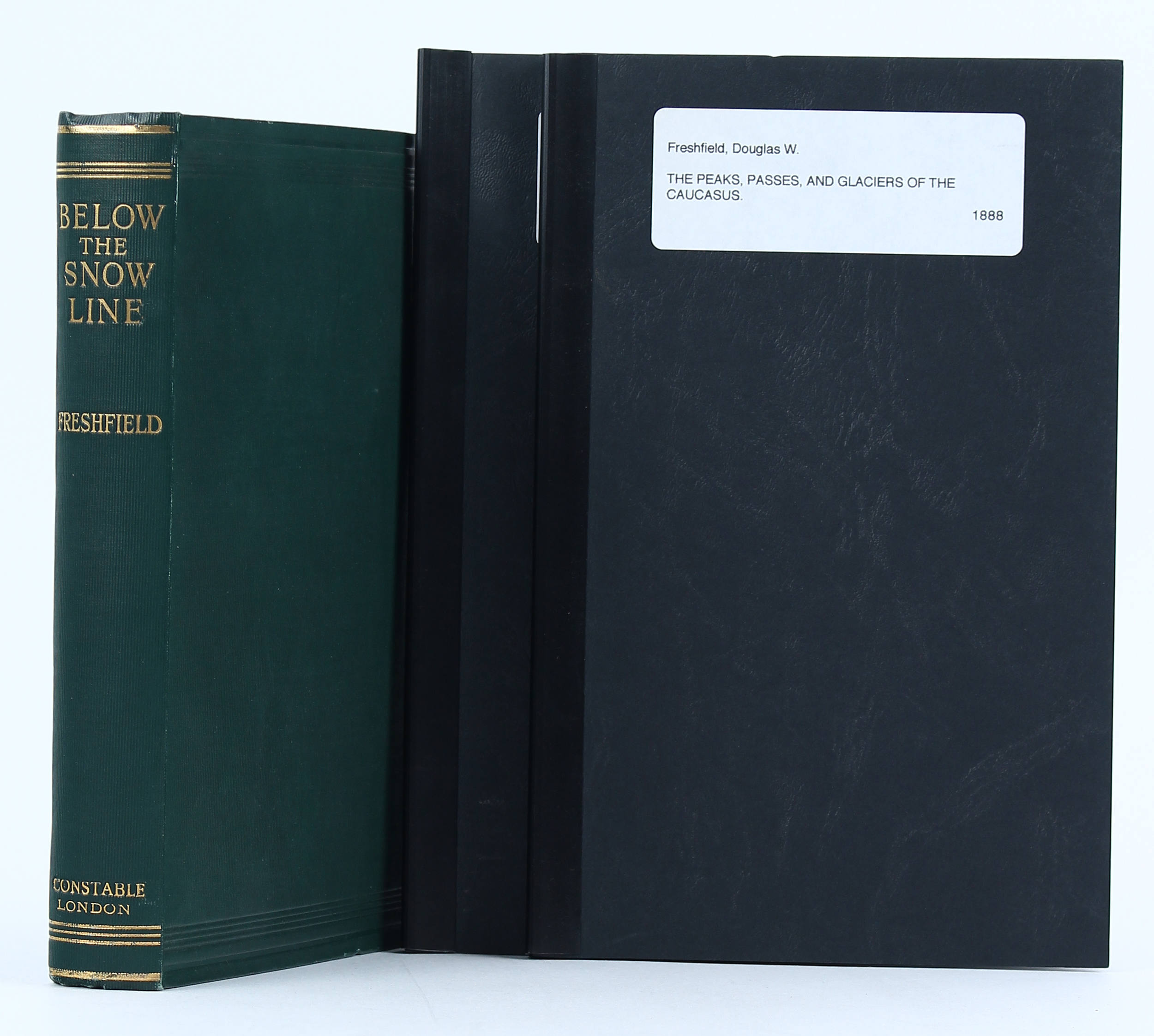
Testen Sie LotSearch und seine Premium-Features 7 Tage - ohne Kosten!
Lassen Sie sich automatisch über neue Objekte in kommenden Auktionen benachrichtigen.
Suchauftrag anlegen